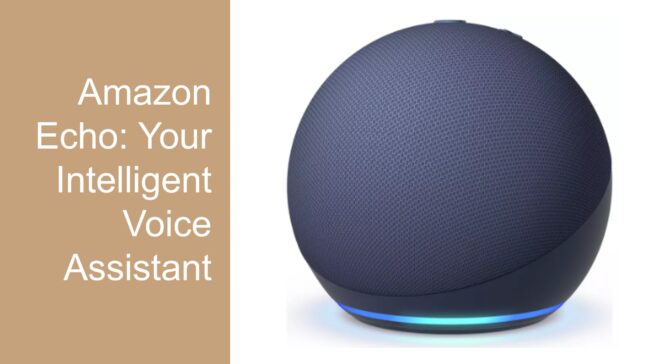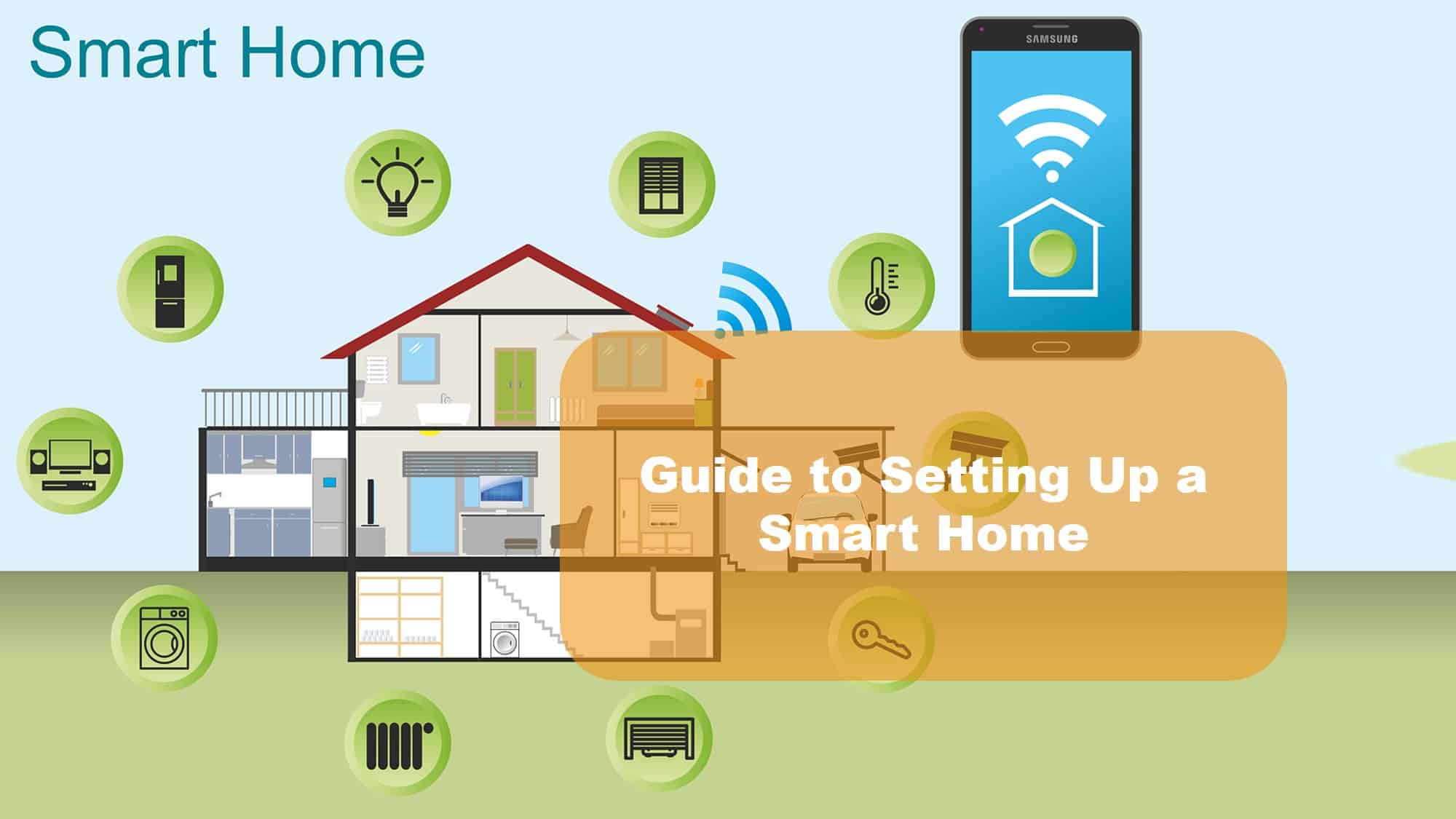Imagine arriving home on a scorching summer day, and before you even step inside, your smart home has already adjusted the thermostat to your preferred temperature.
As you walk through the door, the lights gently brighten to welcome you, and your favourite soothing playlist fills the air.
This is the magic of a smart home, a concept that once seemed like science fiction but is now a tangible reality.
In this article, we’ll explore the fascinating idea of smart homes, the technology behind them, and how they are reshaping the way we live.
The Smart Home Revolution
The concept of a smart home revolves around the integration of technology into our living spaces to enhance convenience, efficiency, and security.
From thermostats and lighting to door locks and appliances, a smart home allows you to control and automate various aspects of your living environment through connected devices.
The Building Blocks of a Smart Home
Voice Assistants: Central to many smart homes is a voice-controlled assistant like Amazon’s Alexa, Google Assistant, or Apple’s Siri. These virtual assistants serve as the bridge between you and your smart devices.
Smart Devices: Smart home devices come in a variety of forms, including smart lights, thermostats, locks, cameras, speakers, and more. Each device is equipped with sensors and connectivity that enable remote control and automation.
Connectivity: Wi-Fi, Bluetooth, Zigbee, and Z-Wave are some of the connectivity protocols that facilitate communication between your devices and the central hub or your smartphone.
Automation: Automation is at the heart of smart homes. It allows you to create routines or “if-then” scenarios. For instance, “If it’s 7:00 AM, then turn on the coffee maker” or “If the motion sensor detects movement, then turn on the lights.”
Security: Smart home security systems offer features like remote monitoring, motion detection, and real-time alerts to enhance your home’s safety.
The Benefits of Smart Homes
Convenience: The ability to control your home with your voice or smartphone is undeniably convenient. Adjusting settings, managing appliances, and receiving updates has never been easier.
Energy Efficiency: Smart thermostats and lights can optimise energy consumption, reducing your environmental footprint and energy bills.
Security: Smart cameras and alarm systems provide real-time monitoring and enhanced security, giving you peace of mind whether you’re at home or away.
Accessibility: Smart home technology can improve accessibility for individuals with disabilities, making it easier to control various aspects of their homes independently.
Customization: You have the power to tailor your smart home to your preferences, creating unique automation routines that fit your lifestyle.
The Future of Smart Homes
The smart home industry is continually evolving. Here’s a glimpse of what the future may hold:
Interconnectivity: Devices from different manufacturers will seamlessly work together, enhancing the overall smart home experience.
Artificial Intelligence: AI will play a more prominent role, with systems learning from your habits and preferences to anticipate your needs.
Health and Wellness: Smart homes will increasingly incorporate health-monitoring devices to help you lead a healthier lifestyle.
Sustainability: Eco-friendly features will become standard, promoting sustainability through efficient energy use and water conservation.
Privacy and Security: As smart homes become more prevalent, addressing privacy and security concerns will be paramount to ensure user trust.
Conclusion
The idea of a smart home is not a distant dream; it’s a reality that is reshaping the way we live, offering convenience, efficiency, and peace of mind.
As technology continues to advance, smart homes will become even more integrated into our lives, making them safer, more accessible, and more enjoyable.
Embracing the concept of a smart home means embracing a future where your home truly works for you. Welcome to the future; welcome home! You can set up your own smart home.


